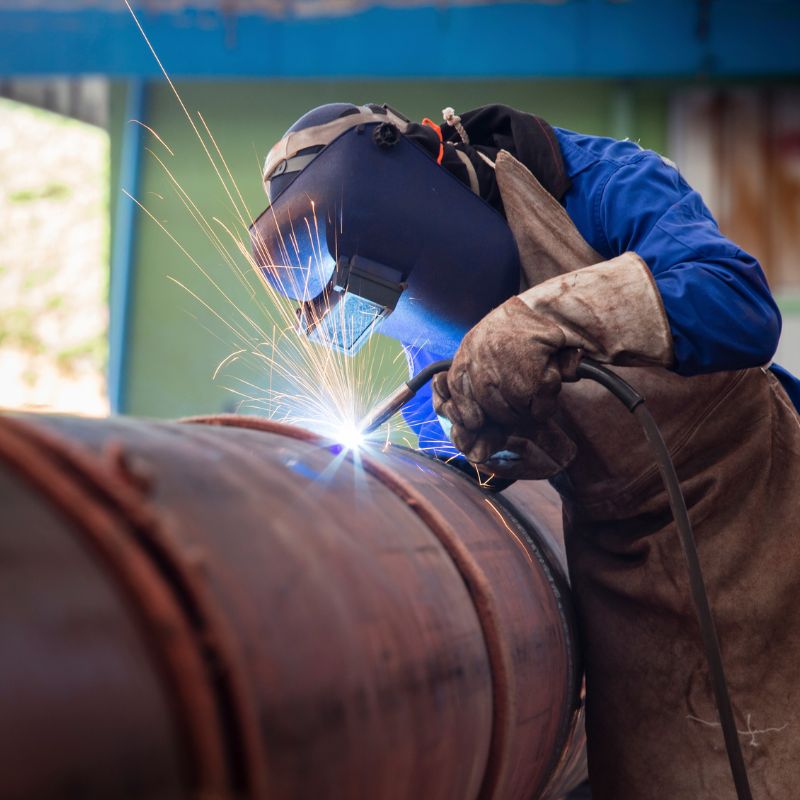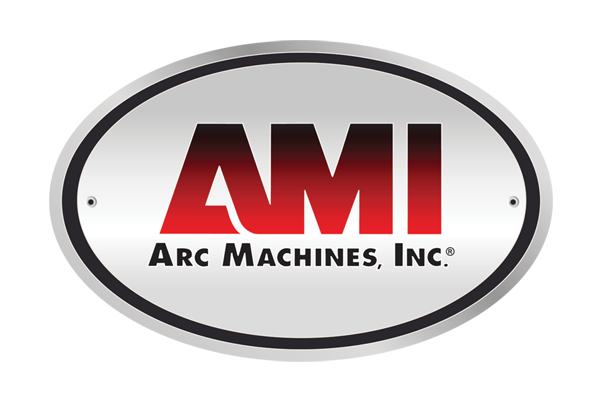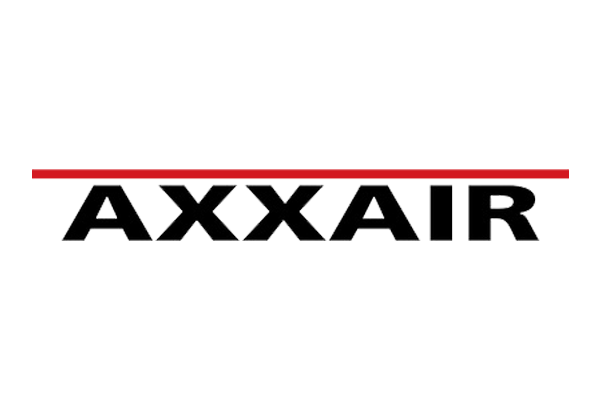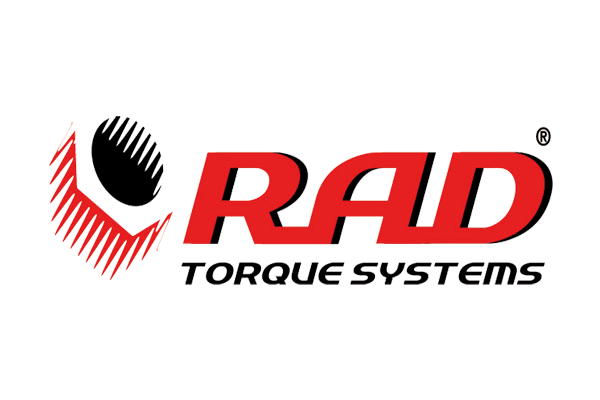What Is Hi-Lo Misalignment in Pipe Welding?
Misalignment is one of the most frustrating problems in pipe welding. Unfortunately, it’s fairly common since pipes are never quite perfect when you get them from the manufacturer. Thankfully, there are some things you can do to mitigate the problem. Learn what hi-lo misalignment is in pipe welding.
The Causes of Misalignment
Misalignment, sometimes referred to as hi-lo, occurs when two pipes don’t fit together perfectly. More specifically, the internal or external heights of the pipe may be too different. When you weld them together, the hi-lo causes a noticeable ridge that can collect bacteria and lead to corrosion. The chances of hi-lo increase when working with larger pipe sizes, such as 6-inch pipes and larger.
Hi-Lo Tolerance
Tolerance in pipe welding is a limit placed on how sharp the ridge angle can be from two welded and misaligned pipes. While there are standard tolerances for tube welding, there are too many factors to do the same for pipe welding. If you want to know the tolerance, you’ll have to consult the onsite QC manager.
Hi-Lo Measurements
There are specific tools on the market that can measure the external and internal distances of two pipes. Measuring right before you start to weld will give you the best idea of the misalignment angle you’re working with. Ultimately, you may decide that the angle is too steep to continue with the weld until the pipes are modified.
Pipe Beveling
The most common way to deal with hi-lo misalignment in pipe welding is pipe beveling. Beveling equipment removes excess metal from the pipe to create as smooth a weld as possible. There are many kinds of beveling, including:
- V-bevel
- J-bevel
- Compound bevel
- Face
- Counterbore
If you’re in the market for beveling equipment or an automated pipe spool welding machine, take a look at SEC Industrial’s stock. We’re proud to carry the M3 welding system, which offers state-of-the-art automation resulting in precision welds. Contact us today if you have questions or would like help choosing the right equipment for your next project.









